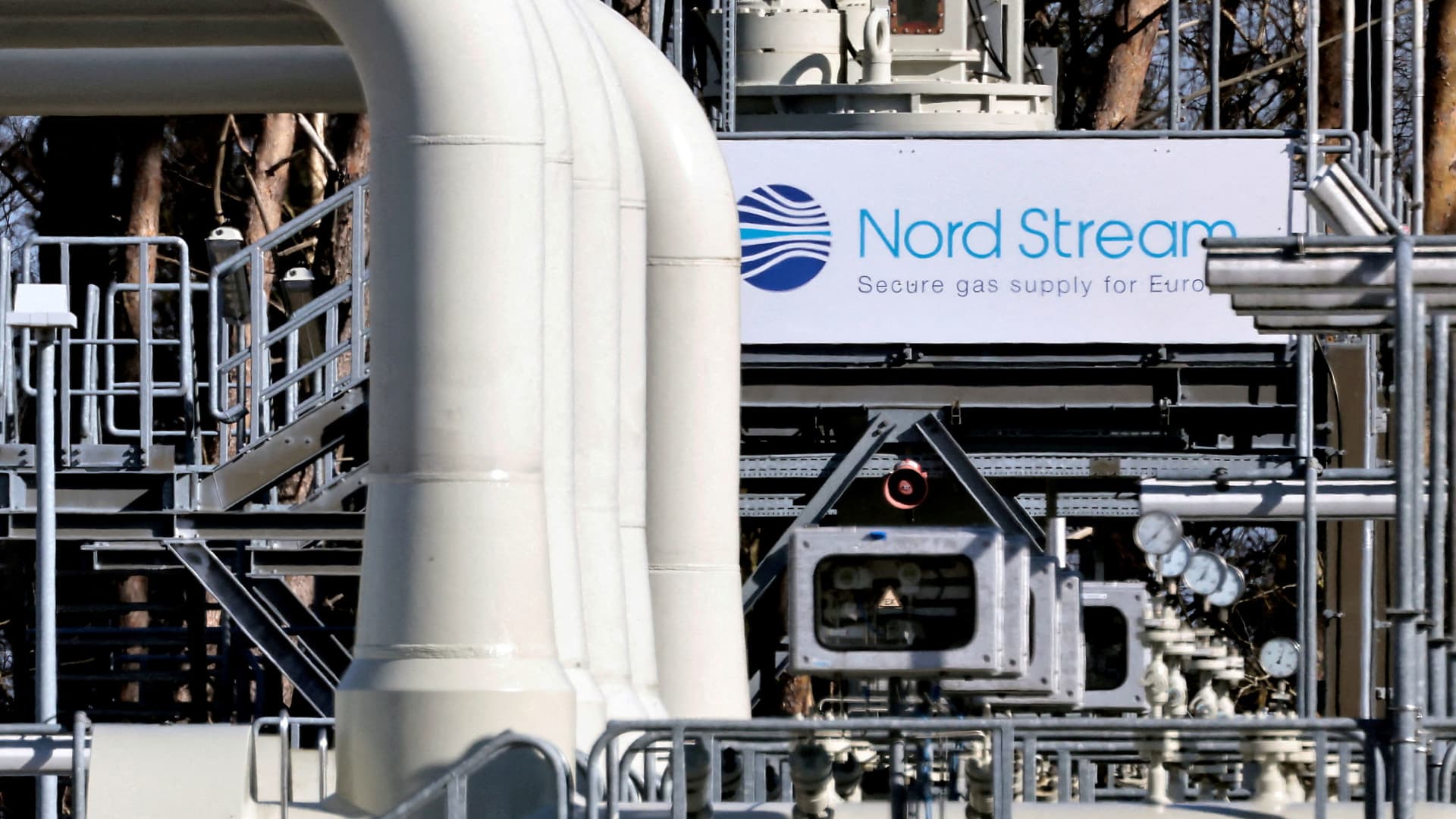Baking Potatoes & Powering an RV With Jackery’s Biggest Solar Generator Kit

We’ve reviewed a number of power stations and solar generator kits here at CleanTechnica, including most of what Jackery offers. Previously, I’ve reviewed kits as small as the Explorer 300, charged by a single 60-watt panel, and kits as large as the Explorer 1500, with 400 watts of panels. But, if you’re doing professional work, want to provide power to power-hungry appliances, or just have a fancy “glamping” setup with all of the comforts of home, even the Explorer 1500 will start to show its limits.
But it turns out that I hadn’t seen the biggest the company had to offer. Recently, Jackery sent me an Explorer 2000 Pro, their biggest power station, and six of their larger SolarSaga 200 watt solar panels.
Specifications & Features
Before I get to the solar panels, let’s talk about the hulk of a power station they sent over. It’s got a massive 2,160 watt-hours of storage. If you’re into EVs and are familiar with kilowatt-hours (kWh), that’s about 2.2 kWh. You wouldn’t be able to drive very far on that energy, but this is a LOT of battery storage for something with a handle that you can carry around and put in the back of a car for a camping trip, or in the back of a truck to go do work.
This power station could run a microwave oven for well over an hour (something you’d never really do), or run power tools of all kinds almost all day (if you’re using them for a few seconds at a time like most jobsites require). Really, with 2200 watts max steady output and 4400 watts peak output, you can power just about anything that doesn’t require a 240-volt plug.
Like other Jackery power stations, it has a variety of plugs. There are three 120-volt US wall plugs, several USB-C plugs, a USB-A plug, a 12-volt 10-amp cigarette lighter plug, and a light to see what you’re doing with these plugs in the dark. On the back, there are two DC-power inputs for the solar panels or car charger, and a plug like you’d find on the power supply of most desktop computers.
One particularly nice thing about this station is how fast it can charge on AC power, but it’s something you have to be careful with. It can pull up to 15 amps from a wall plug, charging up in around 2 hours. But, if you plug it in on a household circuit that’s already powering other things, you could pop a breaker. So, plan accordingly.
One big (and I do mean BIG) downside is how big and heavy the unit is. It weighs over 40 pounds. So, if you want something lighter, go with another Jackery unit. But, size-wise, it’s not that bad compared to the smaller Explorer 1500. That’s because it has a flat top and a folding handle instead of the signature Jackery top handle. This makes it a lot easier to fit in a closet or car and put other things on top of it.
1200 Watts of Solar Power

My brother’s Jackery Explorer 1000 and 200 watts of panels, with the Jackery Explorer 2000 Pro and 1200 watts of panels in the background.
The Explorer 200 Pro can come with or without solar panels, and you can get 2, 4, or 6-panel bundles. For my testing, Jackery sent me 6 panels and three-way splitters to get them all plugged into the power station.
In theory, and in ideal conditions, this would give you 1200 watts of charging power, but in the real world you always get less than the ideal rating. I figured I’d get 800-900 watts of power out of the setup, but the efficiency of the panels surprised me. When I plugged one in, I got 175 watts (I was expecting around 150 watts). When I got all six plugged in, the unit gave me over 900 watts. When I aimed them carefully and tried to make sure there were no shadows casting over any part of them, I got over 1,000 watts.
There’s one downside to having this many panels, though. Setup and takedown can be a little tedious. You’ve got to unzip, unfold, plug in, and position six panels. When you go to leave someplace, you’ve got to do it all over again. So, as it was with the weight of the power station, if you don’t need 800-1000 watts of power, you’d probably be better off to go with something smaller and easier to set up.
Putting The Unit To The Test Baking Potatoes
If there’s one thing that’s been ruled by fossil fuels off grid over the years, it has been cooking. For lighting, we don’t need lanterns like we used to, as LED bulbs make campsite lighting far easier on batteries. Even a modest solar panel and battery can give you light all night every night. Cooking takes a lot of energy, but you can generally get away with using an efficient induction cooktop or griddle with a smaller power station and 400 watts of power.
But, I wanted to see if I could get away with cooking baked potatoes. With my toaster oven, that means 1,250 watts for over an hour, which would kill most power stations before the potatoes are ready to eat.
The Jackery 2000 Pro with 1,000 watts of power charging the battery? Not a problem at all. Not only were there some sporadic storm clouds passing through, but the sun set into the trees about half way through cooking the meal. There was more than enough spare battery capacity to keep the cooking going for almost an hour and a half. The result? Baked potatoes far off grid in the forest with no fossil fuel use.

When I was done with that, I plugged a family member’s RV in for a few minutes. We topped off their camper batteries and they cooked a side dish with their microwave. We were even able to run the air conditioner for a few minutes.
There Are Few Things You Couldn’t Do With This
For just about anything that plugs into a wall outlet, the Explorer 2000 Pro gives you plenty of power. The little oven is an extreme example, and most things you’d want power for at a glamp-site just wouldn’t put that kind of demand on the system. For things that use far less power, the 2000 Pro can store days’ worth of power to help you get through cloudy days.
Appreciate CleanTechnica’s originality and cleantech news coverage? Consider becoming a CleanTechnica Member, Supporter, Technician, or Ambassador — or a patron on Patreon.
Advertisement
 This post has been syndicated from a third-party source. View the original article here.
This post has been syndicated from a third-party source. View the original article here.





